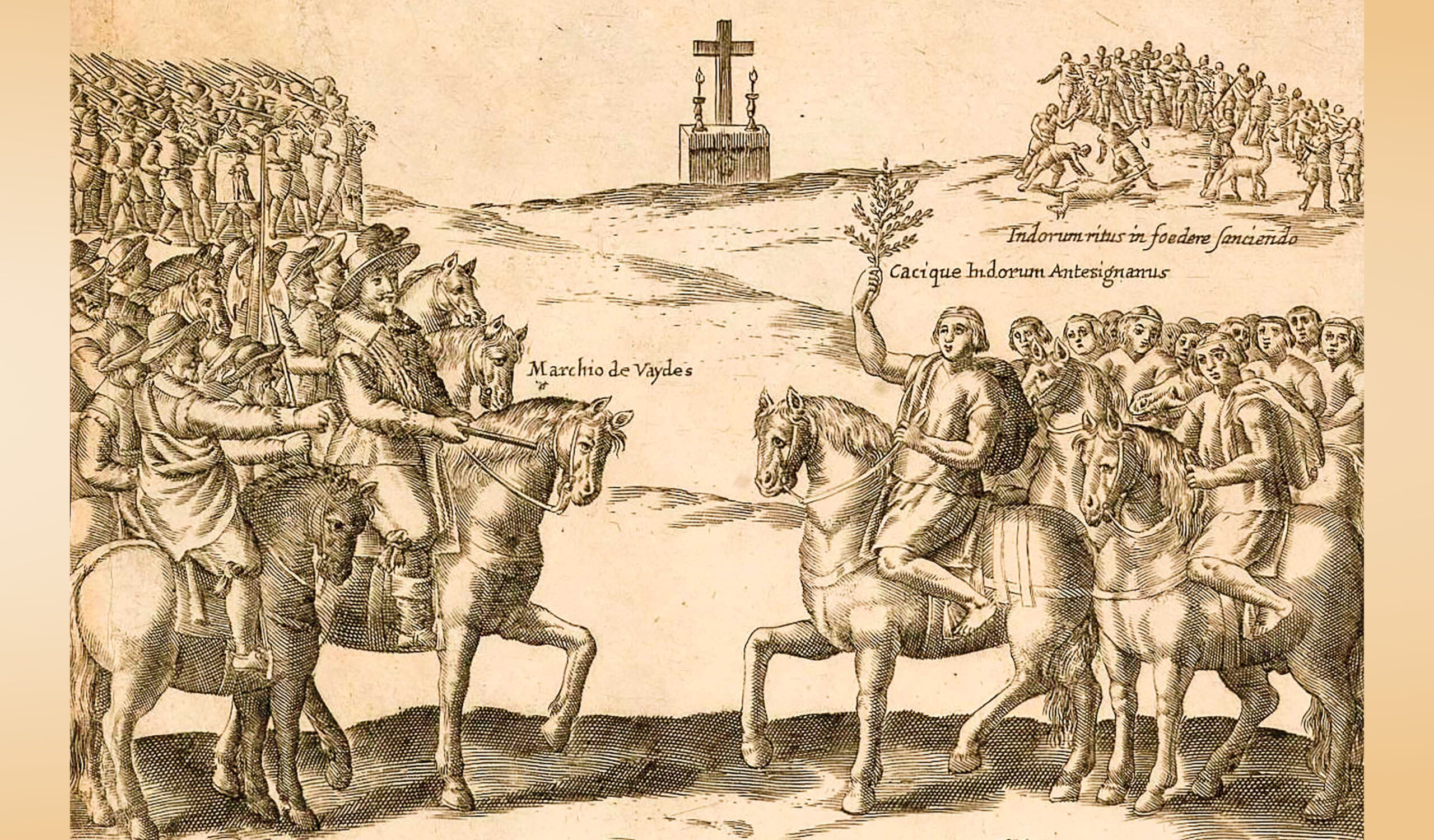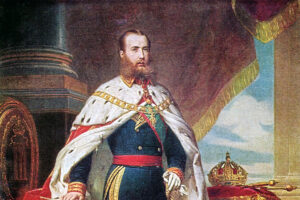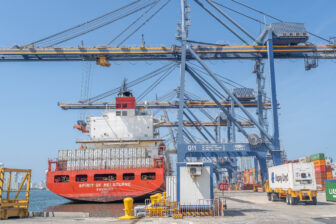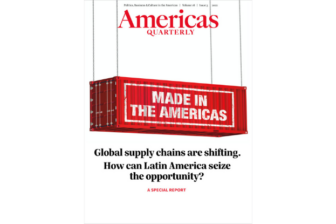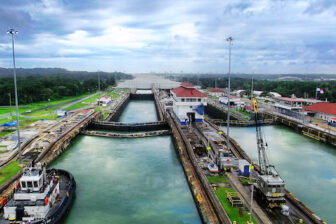This article is adapted from AQ’s special report on supply chains
Today’s unrest in southern Chile, where Indigenous groups are protesting environmental damage and calling for the return of ancestral lands, has presented a major challenge to the new government of Gabriel Boric. Following numerous incidents of violence, including killings, roadblocks and the burning of homes, trucks and machinery, Boric in May declared a state of emergency to try to restore calm.
Some outside observers may be hearing about Indigenous issues in Chile’s south for the first time. But in truth, these are only the latest episodes in a nearly 500-year quest for independence and autonomy in which outsiders have consistently struggled—and sometimes failed—to exert a degree of control.
The Spanish first encountered the Mapuche people, the largest Indigenous group in modern-day Chile, in 1537. For the next few years, interactions were limited to small skirmishes as the Spanish set up forts in Mapuche territory. But the Spanish would soon discover they had encountered a fierce and resilient adversary. In 1553, the Spaniards were taken by surprise by a highly coordinated and devastating attack. The Mapuche killed the Spanish governor in a fort called Tucapel and forced the Spaniards to abandon all but one of their settlements in Mapuche territory.
A Mapuche war chief named Lautaro—formerly a Spanish captive—even led a march on the colonial capital, Santiago. The Spanish were on the ropes for five years, until reinforcements from Peru helped them defeat the Mapuche and retake their settlements. But Mapuche resistance didn’t end there. It was only the beginning of the War of Arauco, a struggle between Spaniards and Mapuche that lasted nearly a century—and only ended with peace negotiations that heavily favored the Mapuche. Those negotiations established a formal frontier and resulted in an official recognition as an independent people, something no other Indigenous group ever received from the Spanish crown.
That set the Mapuche apart. The fierceness of their resistance to Spanish incursions soon attracted the attention of European writers, inspired Indigenous revolts as far as 5,000 miles away and continued to serve as a touchpoint for Western Hemisphere independence movements centuries later.
The story of the parlamentos—the series of negotiations and treaties enacted between the Mapuche and Spanish exemplified in the Parlamento de Quilín in 1641—is one of striking Indigenous power and agency. As scholars continue to reevaluate traditional notions of European superiority and passive acquiescence by native cultures, what the Mapuche achieved at the Parlamento de Quilín reminds us that the reality is far more intricate and nuanced.

Martin Bernetti / AFP via Getty Images.
Meeting the Mapuche more than halfway
The seeds of the parlamentos were sown starting in the late 1500s. Near the end of the century, the Mapuche mounted another crippling offensive, killing the Spanish governor for a second time and driving the Spanish north of the Bío Bío River—which became an informal frontier between the Spanish to the north and Mapuche to the south. Both sides would send raids into each other’s territory, and the Spanish sent Jesuit missionaries, too, in an attempt at “baptismal conquest”—though most were killed by the Mapuche.
It was clear that some kind of negotiation was necessary to put a halt to the violence and recognize the facts on the ground: namely, that the Mapuche were simply too strong for the Spanish to colonize successfully. But what form would that negotiation take? The logistics and protocols were undefined, and there were few precedents. The Spanish rarely had genuine negotiations with Indigenous communities in the Western Hemisphere—usually, they preferred to dictate the terms themselves. Most treaties were one-sided and conducted with underlying threats of violence.
But the two groups had already had a degree of peaceful contact. A few community leaders had even allied with the Spanish, which gave Spanish leaders insight into Mapuche cultural practices. Those agreements laid the foundation for the parlamentos.
However, the two groups had different customs around negotiation. The Mapuche had their koyagtun, a meeting in which representatives from different communities met to deliberate over war, peace, trade and exchange. Koyagtun took place over multiple days and were deeply influenced by the ritual aspects of Mapuche culture.
Since the Spanish couldn’t overpower their adversaries with violence in this case, they had to adopt much of the Mapuche’s negotiating culture. The resulting system, the parlamento, was a unique, hybrid institution, blending the koyagtun with Iberian forms of negotiation. At the first, relatively small-scale parlamentos, the Mapuche got to pick the time and place, and the Spanish representative, usually the governor, had to enter holding branches from a canelo tree and exchange gifts—all part of the koyagtun protocols.
The early parlamentos were generally held not too far from Spanish settlements. But the famous and most consequential parlamento of Quilín in 1641 was held deep in Mapuche territory—an indication of how much they held the upper hand.
Over 2,000 Mapuche from across the region attended the negotiations at Quilín, and so did the governor of Chile, Francisco López de Zúñiga, Marquis of Baides. The fact that a Spanish nobleman was negotiating on equal terms with Indigenous groups was revolutionary, especially considering what his participation entailed. A llama was sacrificed in front of him and branches from a sacred tree were anointed with its blood. The llama’s heart was carved out, still beating, and delivered to the marquis. Then, along with the Mapuche chiefs, the marquis drank chicha, a type of corn beer, and both the Mapuche and Spaniards buried their weapons to finalize the pact.
The parlamento had two major impacts. One was formal recognition of the Mapuche as an independent people, and other set the Bío Bío as the southern frontier of the Spanish empire. The Spanish King Felipe IV ratified the parlamento in 1643—offering a level of official recognition by the crown that no other Indigenous group in the Western Hemisphere ever received.
It also set the terms for a long-lasting, if uneasy, peace. Raids continued in both directions across the Bío Bío River, and the Mapuche crossed the river to make a larger attack in 1655 to enforce aspects of the treaty, but no major military offensives were carried out by the Mapuche or Spanish until after Chilean independence, more than 150 years later. And parlamentos continued over the intervening decades, showing that the Spanish and Mapuche had devised a workable way of settling their disputes.

A reputation for resistance
The world paid attention to the achievements of the Mapuche in maintaining independence against Spanish incursions—starting even before the parlamentos. Even while the Arauco War was still raging, the Mapuche were attracting fame throughout the Spanish-speaking world. In his 1569 epic poem “La Araucana,” Alonso de Ercilla y Zúñiga, a Spanish soldier, extolled the virtues of the Mapuche in a narrative based on his experiences in the field. “La Araucana” became one of the best-known epic poems of the era and was mentioned by famous authors including Miguel de Cervantes and Jules Verne.
Knowledge of the Mapuche appears to have inspired Indigenous leaders to fight against the Spanish in other parts of the Western Hemisphere. In northern Mexico, a Yaqui Indigenous warrior calling himself Juan Lautaro—possibly named after the Mapuche leader—attempted to lead an offensive against the Spanish and their allies in northern Mexico in the mid-17th century, doubtless inspired by the Mapuche and perhaps due to the fame of “La Araucana.”
The Mapuche legacy continued into the early 1800s, when revolutionary leaders invoked their example to rally support. Writing in 1815, Simón Bolívar extolled the Mapuche “love for independence” and affirmed that those with the same spirit “usually end up winning.” It is this legacy, in large part, that the Mapuche today draw upon in their continuing fight for land rights and autonomy.
Meanwhile, efforts to find new political forms to meet hopes for Indigenous rights are moving in new directions. A proposed new Chilean constitution, which will be voted on in September, includes provisions for Indigenous recognition and return of some ancestral territory. Time will tell whether such arrangement will prove as durable or effective as those set by the Parlamento de Quilín.
—
Sauer is a senior lecturer in anthropology at Vanderbilt University. He is the author of The Archaeology and Ethnohistory of Araucanian Resilience.


